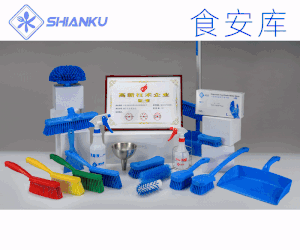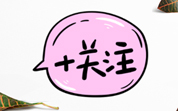食品伙伴網(wǎng)訊 2025年7月30日,據(jù)歐盟食品安全局(EFSA)消息,應(yīng)歐盟委員會要求,歐盟動物飼料添加劑和產(chǎn)品(FEEDAP)研究小組就薰衣草酊劑(a tincture derived from the flowers of Lavandula angustifolia Mill.)作為所有動物飼料添加劑的安全性和有效性發(fā)表科學(xué)意見。
經(jīng)過評估,專家小組認為該酊劑在建議的使用條件下對目標物種、消費者和環(huán)境是安全的。由于薰衣草花具有調(diào)味特性,其在飼料中的功能與在食品中的功能基本相同,因此認為沒有必要進一步證明其功效。部分原文報道如下:
Following a request from the European Commission, EFSA was asked to deliver a scientific opinion on the safety and efficacy of a tincture from the flowers of Lavandula angustifolia Mill. (lavender tincture) when used as a sensory additive in feed and in water for drinking for all animal species. The product is a ■■■■■ solution, with a dry matter content of approximately 1.66%. Lavender tincture contains on average 0.213% (w/w) total polyphenols (of which 0.0259% are flavonoids). Methyleugenol (0.0008%) was detected in the additive. The EFSA Panel on Additives and Products or Substances used in Animal Feed (FEEDAP) concluded that the use of lavender tincture is very unlikely to induce adverse effects in long-living and reproductive animals and is of no safety concern for species for fattening at the following concentrations in complete feed: 60 mg/kg for chickens for fattening, 89 mg/kg for laying hens, 81 mg/kg for turkeys for fattening, 129 mg/kg for pigs for fattening, 108 mg/kg for piglets, 157 mg/kg for sows, 269 mg/kg for veal calves, 237 mg/kg for cattle for fattening, sheep/goats and horses, 154 mg/kg for dairy cows, 95 mg/kg for rabbits, 270 mg/kg for salmonids, 284 mg/kg for dogs, 237 mg/kg for cats and 500 mg/kg for ornamental fish. These conclusions were extrapolated to other physiologically related species. For any other species, the additive is very unlikely to induce adverse effects at 60 mg/kg complete feed. No safety concern would arise for the consumer and the environment from the use of the additive in animal feed. Regarding user safety, the additive under assessment should be considered as irritant to skin and eyes, and as a dermal and respiratory sensitiser. When handling the additive, exposure of unprotected users to methyleugenol may occur. Therefore, to reduce the risk, the exposure of the users should be minimised. Since the flowers of L. angustifolia are recognised to flavour food and its function in feed would be essentially the same as that in food, no further demonstration of efficacy was necessary.
本文由食品伙伴網(wǎng)食品資訊中心編輯,有任何疑問,請聯(lián)系news@foodmate.net。
相關(guān)政策解讀











 地區(qū):
地區(qū):






 魯公網(wǎng)安備 37060202000128號
魯公網(wǎng)安備 37060202000128號



